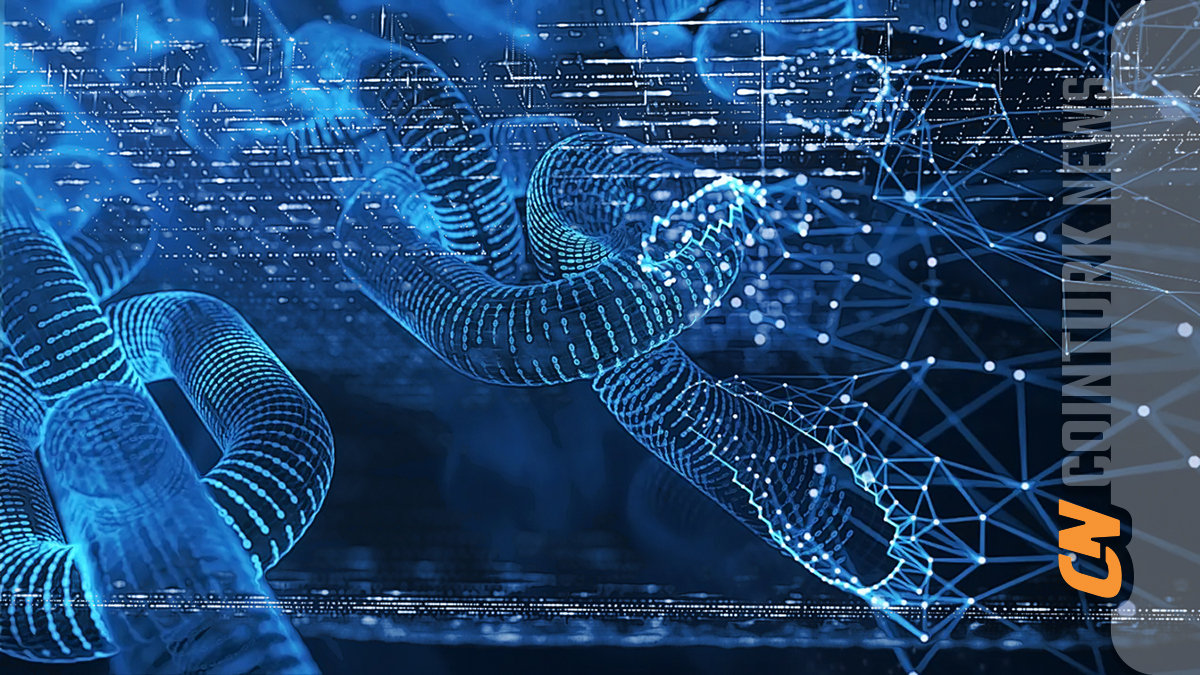Starknet, Ethereum‘s Layer-2 scaling solution, has outlined its plans for improving the three core components of zero-knowledge (ZK) solutions. Ilia Volokh, the product manager and blockchain researcher at Starknet, summarized the steps the protocol is taking to address certain centralized elements of its system, aiming to defend against censorship and strengthen its infrastructure. Starknet is working on a system that utilizes ZK-proof technology to store transactions.
Continued Advancements by Starknet
The Starknet team is providing cryptographic proofs to Ethereum to ensure security and certainty for Layer-2 transactions. According to Volokh, Starknet’s protocol sets it apart by relying on StarkWare to create Layer-2 blocks, compute proofs, and initiate state updates in the Ethereum blockchain ecosystem;
“In this sense, the network’s operation is centralized. This is not necessarily a bad thing because despite operating the Starkware network, they cannot steal money or perform invalid state transitions as those require the verifier to run on Ethereum.”
While Starkware continues to serve as a central network bridge for Starknet, Volokh emphasized that the protocol is 100% honest and cannot tamper with transactions or information due to its role as a filter within the Ethereum ecosystem.
Another important aspect for Starknet is the decentralization of certain parts of its protocol to combat censorship, which is driven by two main reasons in consensus-based systems. Intentional censorship is one issue, but unreliable systems with a single point of failure pose a threat to decentralization, as all network participants would be subject to censorship if this central point experiences a network or system outage:
“We want to address both of these issues, and we believe the most obvious solution is to have as many people as possible operate Starknet.”

Noteworthy Statements from the Starknet Team
Decentralizing these different components of the Starknet system brings forth various levels of challenges. This includes decentralizing block production through the contract protocol, decentralizing the proof layer responsible for computing proofs for blocks, and decentralizing the L1 state update process. Before discussing the challenges of each component, Volokh further stated:
“I want to emphasize the importance of decentralizing each of these because even if one of them is centralized, you haven’t really achieved much.”
Decentralizing block production simplifies the process considering all blockchains rely on a consensus protocol and a Sybil mechanism. However, decentralizing Starknet’s verifier requires a newer approach.

 Türkçe
Türkçe Español
Español









